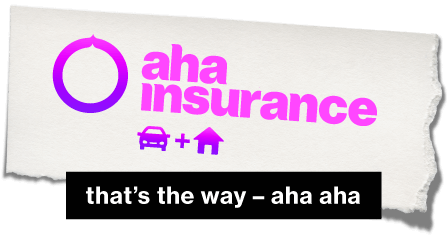Borrowing a car is a big responsibility, but people don’t always have the experience to ask about the ramifications for the owner’s car insurance policy before excitedly declaring “I’m in my mom’s car!” and driving off to the movies. For example, you may casually borrow a vehicle to get from point A to B, but do you know if it’s actually legal, or what insurance coverage you’ll have if you’re in an accident?
These are common concerns among new drivers and car owners, and we have everything you need to know about insurance coverage when borrowing a car.
Ontario’s drivers are covered by insurance issued to the vehicle
Generally speaking, vehicle insurance in Ontario follows the car, not the driver (with some exceptions). For example: if you’re driving your mom’s Prius, then you’ll be covered by your mom’s insurance. Even if you own and insure your own vehicle, you’re still covered under the insurance issued to the Prius while you’re driving it. That’s part of how car insurance works.
In the event of an accident and a claim, therefore, the insurance company won’t necessarily distinguish between one driver or another, and whatever coverage your mom has will extend to you while you’re driving her car. That includes accident benefits in Ontario, too. If you’re injured while riding as a passenger, you’ll be covered under the driver’s policy.
However, causing an accident will still go on your driving record. At-fault accidents on your record will follow you for six years regardless of which company insures you—so look after yourself and your bank account by driving safely.
Will I be covered in my mom’s car?
There are instances when an auto insurance provider may refuse a claim based on who was driving. If you’re driving your mom’s car regularly and she hasn’t named you as a secondary driver on the policy, then the insurance company reserves the right to deny any claims if you get into an accident when driving her car. Furthermore, there’s a chance her rates will drastically increase because she failed to notify the insurer of changes that could impact her coverage. However, that’s a worst-case scenario in which the insurance company should have been notified about the secondary driver. If the insurance company had been notified in this example, then the secondary driver would be covered with no-fault insurance.
With all of that in mind, it’s important to note that if you and your mom share the same home and you have access to her car, then she should name you as an occasional driver on her policy, even if you only rarely drive the car. Otherwise, her insurance may refuse a claim for an accident that happened while you were driving. That’s a situation worth avoiding.
Canadian insurers require you to acknowledge people as secondary drivers on your policy if they fit these criteria:
- They are old enough to drive.
- They live in your residence.
- They are not specifically excluded on your policy.
Pro Tip: You can protect your policy’s rates from rising after an at-fault accident with accident forgiveness coverage, if you’re concerned about a secondary driver getting into a collision.
Important things to keep in mind when borrowing or lending a vehicle
When you lend a vehicle to somebody, you’re also lending your insurance, and that means anything that person does while driving your car can impact your car insurance history and rates. Moreover, any person who borrows your vehicle must be legally licensed and allowed to drive; otherwise, coverage won’t apply (since it would be illegal to drive in the first place).
Finally, if you lend your car to somebody with a poor driving record, then the insurance company could use this as grounds to deny a claim, so choose your friends wisely when it comes to lending your car. As a borrower, make sure you have the owner’s written or verbal permission before driving, otherwise coverage may not protect you.
In general, it’s perfectly acceptable to borrow a car without fear that insurance won’t cover you because insurance coverage follows the vehicle and not the driver. Even if you get into an accident when you’re driving somebody else’s car, you should still be covered by their auto insurance as long as you are properly licensed, have the owner’s permission, and aren’t a regular driver of the vehicle.




